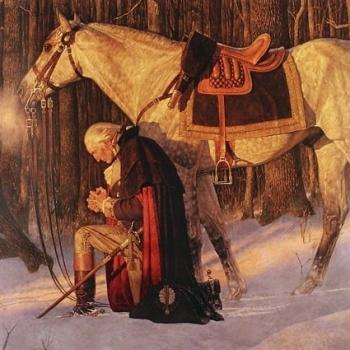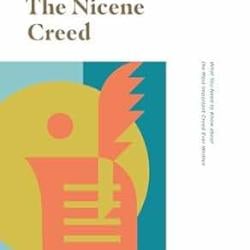This post is part of a series walking through the third volume of Abraham Kuyper’s Common Grace
The last section of Kuyper’s series on Common Grace engages the question of art. This is not to say that it matters more than, say, ethics. nor is this to ignore religious development as part of common grace (that’s already been covered anyway–which is mentioned along with some of Kuyper’s unfortunate ethnic categorizations). Art we have only touched on so far, and now we need to dig into it.
Art and religion are inherently connected, even though religion is above art. Religion comes from two sources: nature and revelation–both are darkened by the Fall and only a little bit preserved by common grace. Still, our need for religion remains and worship of God because of what we see in the sun, moon, and stars, becomes worship of the sun, moon, and stars as gods. This grows into a worship of nature (and sometimes of man as well) and requires visual guidelines. So places and objects grow in importance. The arts subsequently develop.
What happened on Zion, by contrast, was the growth of symbolism with its three-fold use.
“A symbol declares to you, first, that beside this visible world there exists an invisible, spiritual world as well. Second, it conveys that a particular connection exists between the visible and invisible world. Third, it communicates that visible signs can portray spiritual things for us.” (574)
Idols obscure the spiritual, while symbols point to it and elevate us. For us, even the symbol/spiritual is different since the spiritual is only spiritual, while in the Old Testament there were still shadows attached to the symbolic actions. Hence Paul’s broadsides against these symbols and rituals.
In the new spiritual covenant, art now plays only a supporting role. This took time and conflict to realize, and the Roman Catholic/Eastern Orthodox traditions are still mired in the shadows. The Reformation was a reaction against this. The more developed the church, the less it relies on shadow and ritual. There’s a geographic element in play here as well, though Kuyper doesn’t quite hit one of his ethnic conclusions (but comes very close)
So is art evil and to be condemned? Only if we see it as a “mere parasite” on religion. But what if it is an independent sphere? We’ll see what art is later, here we just need to see that like education it has grown apart from religion and into its own independent life. This has in part made art more worldly/secular, but more in this later. The abuse doesn’t negate the principle.
Art is always inspired from common grace rather than particular grace. This doesn’t mean there’s no influence, obviously.
To recap: bad behavior by art now doesn’t negate its importance or its life in common grace, and it’s modern immorality is a sign that it’s trying to find its feat.
Dr. Coyle Neal is co-host of the City of Man Podcast an Amazon Associate (which is linked in this blog), and an Associate Professor of Political Science at Southwest Baptist University in Bolivar, MO













